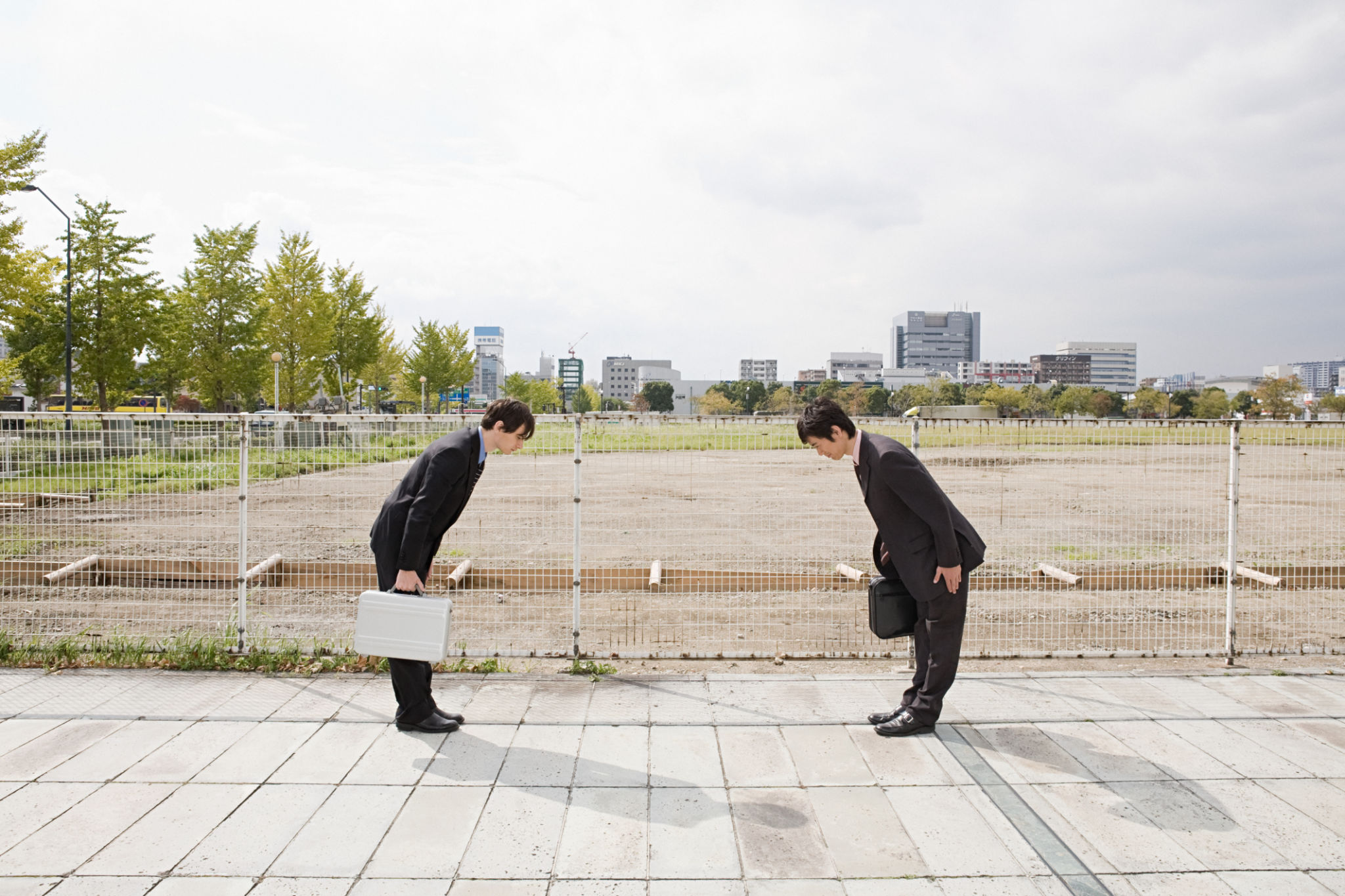How to Choose the Right Temporary Scaffolding Solutions for Your Project
SM
Understanding Temporary Scaffolding Solutions
Temporary scaffolding is an essential component in construction projects, offering a safe and efficient way to reach elevated areas. Choosing the right scaffolding solution is critical to ensure worker safety, project efficiency, and cost-effectiveness. With various options available, it's important to understand which type best suits your project's needs.
Scaffolding solutions vary in design, material, and purpose. The most common types include supported scaffolds, suspended scaffolds, and rolling scaffolds. Each type serves a specific function and comes with its own set of advantages and considerations. Whether you're involved in residential construction, commercial buildings, or maintenance work, selecting the appropriate scaffolding is paramount.

Assessing Your Project Needs
The first step in choosing the right scaffolding solution is to evaluate the specifics of your project. Consider the height you need to reach, the terrain of the construction site, and the duration of the project. These factors will help determine the most suitable type of scaffolding.
Additionally, assess the load requirements. Different scaffolding systems have varying weight capacities, so it's crucial to understand what kind of materials or personnel will be using the scaffold at any given time. Ensuring that the scaffolding can support the necessary load is vital for both safety and efficiency.
Types of Scaffolding Solutions
Once you've assessed your project needs, it's time to explore the different types of scaffolding available:
- Supported Scaffolds: These are built from the ground up and are ideal for jobs that require a stable platform for long periods.
- Suspended Scaffolds: These are hung from above and are perfect for projects like painting or window washing on high-rise buildings.
- Rolling Scaffolds: Equipped with wheels, these are best for projects requiring frequent movement across a site.

Safety Considerations
Safety should always be a top priority when selecting scaffolding solutions. Ensure that all equipment meets safety standards and regulations. Regular inspections should be carried out to identify any potential hazards or wear and tear on the scaffolding materials.
Training workers on proper scaffold usage is also crucial. They should be familiar with assembling, using, and disassembling each type of scaffold safely. Implementing a comprehensive safety plan can significantly reduce the risk of accidents on site.
Cost and Budgeting
Cost is a significant factor when choosing scaffolding solutions. It's important to balance quality with budget constraints. While cheaper options might seem appealing, they could compromise safety and durability. Investing in high-quality scaffolding can save money in the long run by reducing accidents and maintenance costs.
Consider renting versus purchasing scaffolding based on your project duration. For short-term projects, renting can be more cost-effective, while purchasing might be better for long-term use.

Consulting with Experts
If you're unsure about which scaffolding solution is right for your project, consulting with industry experts can provide valuable insights. Professionals in scaffolding services can offer guidance tailored to your specific needs and help you make informed decisions.
Experienced consultants can also assist in designing a scaffold plan that maximizes efficiency while adhering to safety regulations. Their expertise can be an invaluable asset in ensuring the success of your project.
In conclusion, choosing the right temporary scaffolding solutions involves a careful assessment of project requirements, safety considerations, cost factors, and expert advice. By taking these elements into account, you can select a scaffolding system that not only meets your project’s needs but also ensures a safe working environment for all involved.
